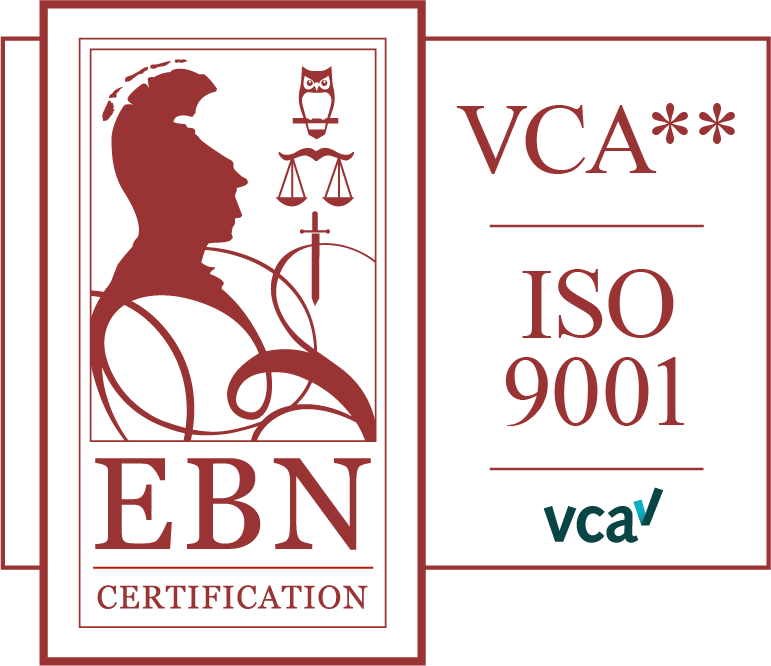Safety; Dry Blasting versus Wet Blasting
All abrasive blasting operations are unique due to the different surfaces, coatings, blast material and working conditions.
Dry blasting uses compressed air to direct a high velocity stream of an abrasive material to clean an object or surface, remover burrs, apply a texture or to simply prepare a surface for the application of paint or any other type of coating.
The key to dry blasting is that the finish is produced by sheer force of media impact and as a result can create high levels of dust and noise.
Workers are often exposed to hazardous dust levels and toxic metals that may be generated from both the blasting material and the underlying substrate and coatings being blasted.
Engineering controls, such as substitution, isolation, containment and ventilation are the primary means of preventing or reducing exposures to airborne hazards during abrasive blasting operations.
Substitution
· Use a less toxic abrasive blasting material.
· Use abrasives that can be delivered with water (slurry) to reduce dust.
Isolation and Containment
· Use barriers and curtain walls to isolate the blasting operation from other workers.
· Use blast rooms or blast cabinets for smaller operations.
· Use restricted areas for non-enclosed blasting operations.
· Keep co-workers away from the blaster.
Ventilation
Use exhaust ventilation systems in containment structures to capture dust.
Although the controls stated above are effective measures to prevent exposure to workers in the workplace, there is an alternative easier method of abrasive blasting – wet blasting.
Wet blasting was originally introduced to replace dry blasting having been considered a risk to health and safety. It is a less aggressive form of blasting, working just as effectively. Primarily wet blasting is a dust free process making it hazard free in the workplace. Particles or substrate contaminants which are normally airborne are trapped by the water particles which safely get them to the hopper and then on for filtration and removal.
The key to wet blasting is that the finish is produced through flow of water borne abrasive, creating a finer finish due to the lubrication and flushing action of the water during the blasting process. This eliminates impregnation into the component unlike dry blasting methods.
There are many benefits to wet blasting
· The internal fittings of the wet blasting machine last longer as the water reduces the impact on the components surface
· No dust is created during the blasting, allowing the process to be carried out in sensitive work environments
· The lubricating effect from wet blasting helps create a flow of abrasive across the surface. The flow of water borne abrasive gives more of a consistent finish that is better for coating, painting or bondin
· There is no static build up from using wet blasting. Not only does this mean that the operator will not receive the occasional shock, but the surface does not become unresponsive to coating applications
· Wet blasting machines use less air compared to dry blasting machines
· Wet blasting machines allow for media to be filtered more accurately unlike dry blasting machines which often rely on large extraction units to take away broken down media
For more information on wet blasting please contact us.

